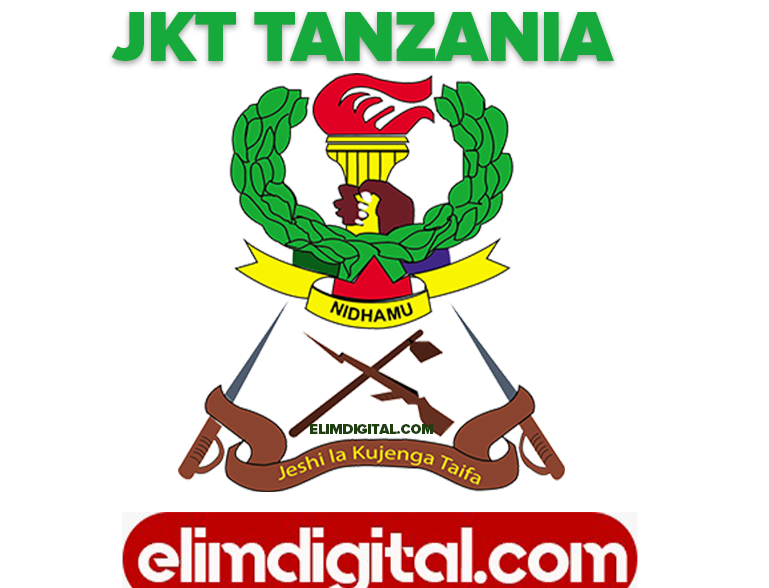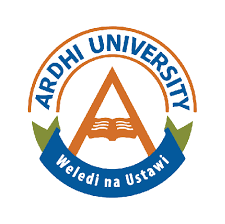WHAT ARE THE FIVE WAYS CHATGTP WILL REVOLTIZE US AGRICULTURE? S. ?
Recently, ChatGPT has been widely reported on. If you missed it, OpenAI operates ChatGPT, a type of artificial intelligence (AI). Data from a variety of sources, such as books, articles, websites, and other publicly accessible text type data, is used to train ChatGPT.
Users can type any topic into a search bar, and ChatGTP will provide an answer based on its training data. As ChatGPT receives more training data, it becomes more intelligent in its question-answering.
Agriculture embraces artificial intelligence (READ MORE).
The promise of ChatGPT is that it will replace many human tasks that require the creation of text, such as the writing of articles on particular topics.
Given that ChatGPT could easily write, for instance, a book report on Charles Dickens’ “A Tale of Two Cities,” teachers and professors seem to be the ones who are most immediately concerned about this technology. Students who were looking for someone to write that essay for them can now use it. .
What this kind of technology means for agriculture has been on my mind.
NASA works to ensure food security. READ MORE: Space for agriculture.
I made the decision to inquire about ChatGTP’s perception of its effect on farming. Here is ChatGPT’s (within 5 seconds) response to my question about the top five ways it will transform US agriculture.
Predictive analytics: To assist in crop and livestock management decisions, Chat GPT can be trained to analyze significant amounts of data from numerous sources. Farmers who do this can reduce costs, boost yields, and optimize their operations.
Monitoring of crops and animals: ChatGPT can be used to use sensors and cameras to monitor crops and animals.
By doing so, farmers may be able to spot early indications of illness or stress and take preventative action to deal with the problem.
Automating manual tasks: ChatGPT can be used to automate manual tasks like planting, harvesting, and keeping track of crop development.
This can decrease the possibility of human error while saving farmers money on labor costs and time.
Smart irrigation: ChatGPT can be used to optimize irrigation systems, for instance by predicting when and how much water to apply to crops based on the weather.
ChatGPT can be used to analyze data from a variety of sources, including weather reports, soil samples, and market prices, to inform precision agriculture techniques.
Farmers may use this information to make better-informed choices regarding crop protection, fertilization, and planting.
If you didn’t know anything about agriculture, you might think that Chat GPT’s predictions were quite astounding. These forecasts convey a strong sense of authority and expertise.
Peel back the surface, though, and you’ll find a sort of impressive-sounding word salad that is actually rather shallow and meaningless. These five points largely restate data analysis and prediction as previously stated ideas.
However, Chat GPT is an incredible technology that shows a lot of promise. It will only get better as it consumes more training data, including agricultural data. What modifications do you anticipate Chat GTP will make to agriculture?
About the Author: Todd Janzen is a lawyer who frequently writes about and speaks about legal issues affecting agriculture. On the Janzen Ag Law Blog, he publishes a regular blog column on legal and technological issues affecting agriculture.
Read more articles about technology news.
Facebook.
Pinterest.
Twitter.
Email.
Print.




















Leave a Reply